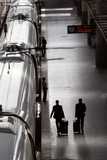High-speed rail / Global
Track race
In the next two years, Spain aims to have the world’s largest high-speed network. Monocle meets the man in charge, then heads off to the Berlin rail trade fair, where the Russian market is causing all the excitement.
Part 01
Spain’s high-speed network
— While you weren’t looking, Spain in recent years has engaged in a frenzy of high-speed rail building. In the past year alone, it has finished 300km/h links from Madrid to Barcelona, Málaga and Valladolid – drastically cutting journey times. By 2010, the plan is that it won’t be Japan or France with the biggest network of bullet trains in the world; it’ll be Spain. By 2020, 90 per cent of Spaniards will be able to catch a high-speed train from a station less than 50km from home. And these are not just any bullet trains. The menus have been designed by Michelin-starred chef Jordi Cruz. Renfe, the state rail company, will also serve special meals for everyone from vegans to observant Jews, Muslims and diabetics. The interior designers of the AVE (Alta Velocidad Española) trains have paid close attention to detail, including features such as swivelling seats that let you face the right direction, power sockets for laptops and even electric shoe shiners.
Monocle met Abelardo Carrillo, head of high-speed rail at Renfe, to find out how his trains are changing Spain.
Monocle: Spain plans to have the largest high-speed network in just two years’ time. Will you make it?
Abelardo Carrillo: We’re meeting all our targets. I have no reason to doubt that we’ll continue to do so in the next few years. No other country in the world is undertaking the investment project that we are. There is no doubt in my mind that in the year 2010 we are going to be the world leader in high-speed rail, by the extension of our lines and the quality of our AVE product.
M: Has the AVE integrated the different regions of the country?
AC: Yes, in a spectacular fashion. Sixteen years ago, travelling from Madrid to Seville involved a six or seven-hour trip in appalling conditions. Now, you can travel to Seville or Córdoba in two hours and 20 minutes, very comfortable and frequent. We’ve noticed that some of the most regular visitors to the Prado museum in Madrid are from Seville. It’s very easy to have lunch in Córdoba and return to Madrid. This kind of social cohesion and sociological communication is only possible with high-speed rail. The Madrid-Barcelona line was targeted at business travel, but we have found that the trains are full on weekends. Many clients use the AVE to get to know Madrid or Barcelona. In the past few months, I think we have advanced a lot in the sociological understanding of two cultures that had hitherto been very distant from each other.
M: How much will all of this cost?
AC: We plan to invest more than €100bn by 2020 in high-speed rail. This year alone, the investment in trains has been more than €8bn.
M: Why did Spain decide to invest so much in this particular mode of transport?
AC: In the 1980s, trains were used very little in Spain. It was dying out. At the end of the 1980s, a political decision was taken that began to reverse its decline. There was a plan for a second railway line into Andalucia, and the government took the brave and risky decision to use high-speed technology. That was a controversial decision at the time. Outside of Japan, such technology only existed between Paris and Lyon at the time. But, to the critics’ surprise, it became a spectacular success. From that moment on, the politicians drew up a map of high-speed rail services and each successive government has tried to outdo the one before. Today, everyone wants their AVE station. So the government plans to build 10,000km of high-speed rail by 2020.
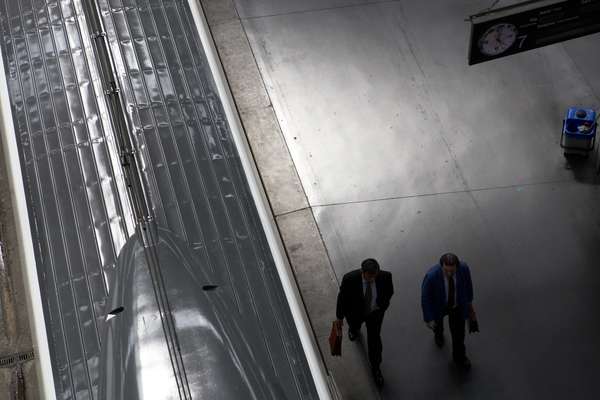

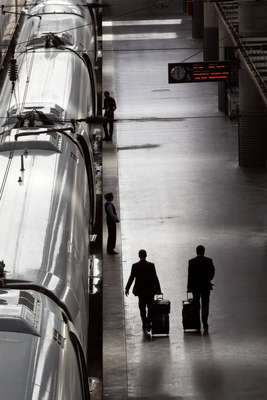
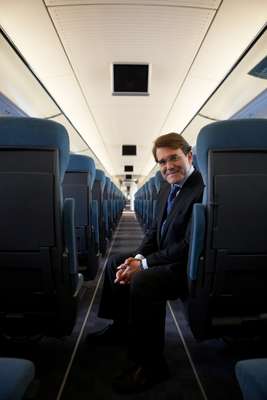
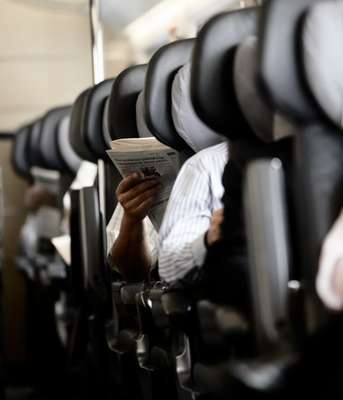
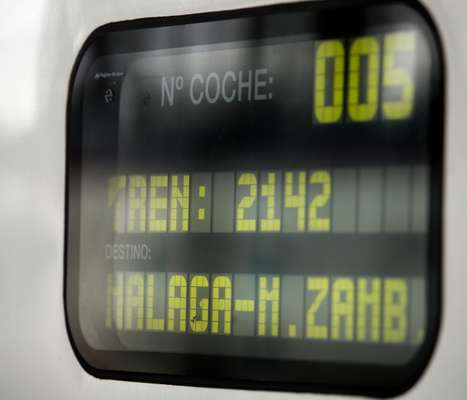


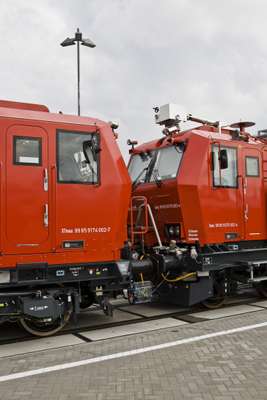
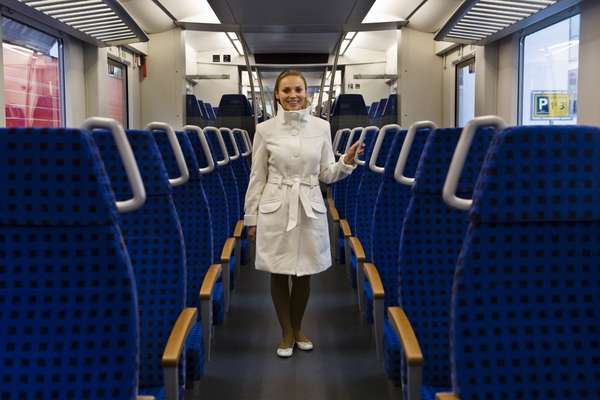
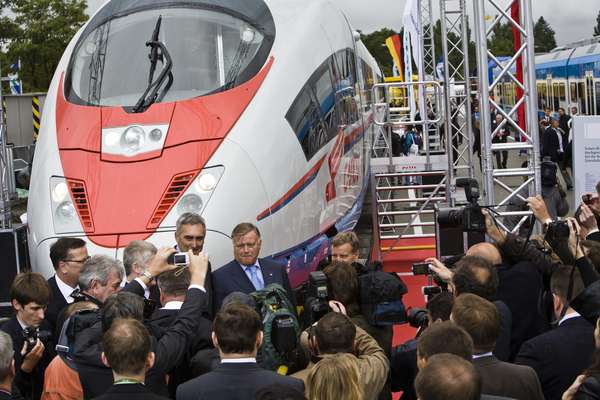
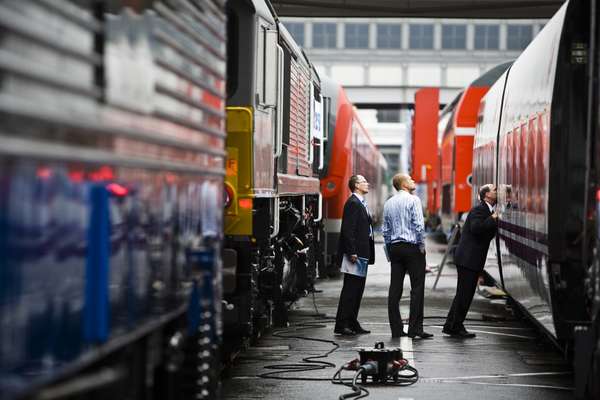
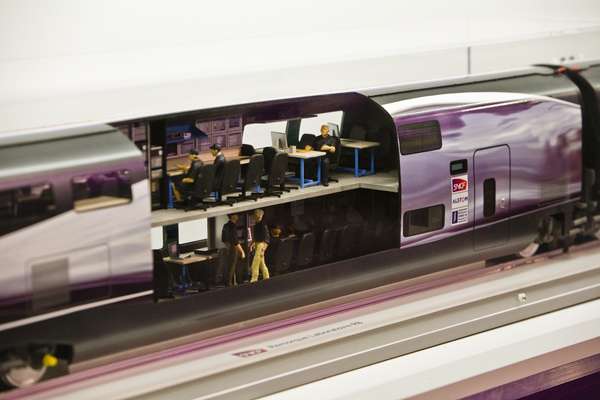
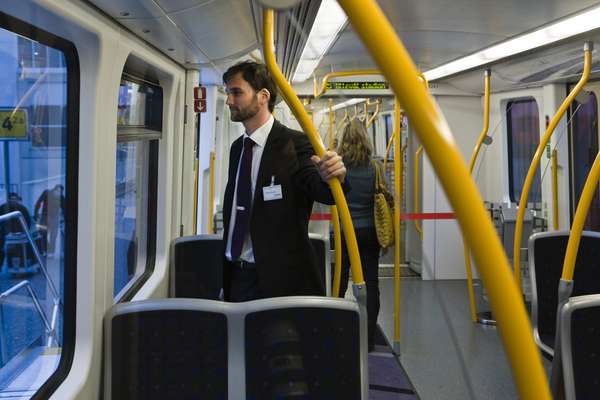
M: Does it run at a profit or a loss?
AC: At the moment, we cover around 95 per cent of our costs. In 18 months, our target is that it must pay for itself.
M: In environmental terms, how does the AVE compare to other modes of transport?
AC: Our studies show the environmental impact is seven times less per passenger than the same trip by car or plane, in terms of carbon dioxide emissions.
M: When will the AVE link up with the rest of Europe?
AC: In 2012. It’s important to realise that we are almost an island in Spain – almost like the UK. We are linked to Europe by the Pyrénées, but we are practically an island.
M: So you’ll be able to travel by high-speed train from Málaga to London?
AC: Or to Stockholm, for that matter. But even when we are linked up, Barcelona to Paris will never be less than five hours, which seems excessive. Distances like Barcelona to Lyon, or Marseille or Toulouse, will be competitive (against the flights). But central Europe, Paris, London – probably not.
M: Spain has a reputation for being relaxed. Do your trains run on time?
AC: We have the most punctual trains in Europe – the figures show it. In Spain, we need to substitute this reputation for being relaxed with one of being a serious and dynamic country. With AVE, there’s ample proof that this is the case. At the moment, the punctuality of the AVE is rivalled only by the Japanese. We are far more punctual than the rest of the European high-speed trains. Only one train in 200 is not on time – and by that we mean no more than three minutes behind schedule. Passengers get a full refund if their train is more than five minutes late. We are going to make the concept of Spanish punctuality fashionable!
Part 02
Berlin’s train trade show
— You don’t have to speak Russian to ride the rails today. But it might help if you want to build them. It definitely would work wonders for me as I make my way through the sprawling showrooms at InnoTrans, Berlin’s bi-annual transportation industry bash.
The show (23-26 September) is the largest of its kind in the railway industry. On the first day Siemens, the German engineering giant, and RZD, the Russian Railways, unveiled a sleek, modified ICE3, with a hawk’s head and the word “sapsan” (Russian for falcon), emblazoned in red on the sides of the locomotive. The Russians ordered eight of the trains two years ago and unveiled the first one in Berlin to kick off plans to open Russia’s first high-speed rail line between Moscow and St Petersburg, cutting a little over an hour from a typically eight-hour run. Russia and Finland are also working on a high-speed link between St Petersburg and Helsinki. I muscle my way through a crowd of Russian journalists surrounding Vladimir Yakunin, president of the Russian Railways. They question him about the US financial crisis and its impact on Russia. Yakunin, a tall, portly man with a booming, baritone voice, blames the Americans for the crisis and urges Russians to invest in their own country’s infrastructure rather than “fill the pockets of other people to invest in their economies.” Before he can elaborate on that thought I ask him about the future of high-speed rail in Russia, potentially the world’s biggest market for rail transport. He replies that it’s time to improve the ride of ordinary Russian travellers.
“The first high-speed trains were introduced in the Soviet Union and in Japan,” he begins. “That was in 1970, but we were overwhelmed with cargo and freight operation and did not pay much attention to the development of passenger operations. That’s why we bought this train, and it won’t be the only one.” A few years ago, he adds, no one took him seriously when he began shopping around for new trains. “Many companies are sorry now. They are coming back to me saying, ‘No matter what anyone else offers you, we will do better.’” And with that he moves on.
The fair is hosting 1,912 exhibitors from 41 countries – a record – and has 91 trains on display. A prototype of Alstom’s next-generation very high-speed AGV is among them. Alstom Transport president Philippe Mellier calls it “our A380”. There is a hall dedicated to interiors with displays including train bathroom fixtures and plywood backs for chairs that are designed not to break in a crash.
Siemens showcases a new first-class car with small compartments, reclining chairs and reading lamps on an ICE train built for the Austrian railway. “We are seeing a comeback of compartments and the introduction of super first class. Small four-seater compartments,” says Goffredo Baduini, business development manager with Giugiaro, the Italian design firm. “In commuter trains and trams, space is key because you want to fit as many people in the train as possible. But in high-speed trains, operators are sacrificing space for luxury. Comfort and increasingly technology, such as screens and USB connections, are becoming important.”
The core theme of the fair, though, is “going green”. Heavyweights, Alstom and Bombardier, show their ground-level power supply systems for trams; increasingly in demand as city officials try to rid urban areas of ugly power cables. “As oil prices go up, the times are good for trains,” says Tjark Siefkes, director of the product development group at Bombardier Transportation. “But it’s not just the fast connection that counts, it’s also about accommodating passengers.”
The upbeat mood of manufacturers also presents a refreshing alternative to the meltdown mode on Wall Street. Train systems are taking a growing share of the travel industry. According to a new market survey by consultants Roland Berger, the association of the European Rail Industry, the total world market for the rail supply industry was worth €120bn in 2007 and is expected to grow at a steady 2 per cent to 2.5 per cent over the next nine years. By 2016, the market will be worth some €154bn.
Much of that growth will come from fast-growing markets in Asia and emerging markets in central and eastern Europe. Western Europe remains the largest market. Asia-Pacific is set to overtake North America as the second-largest market by 2016. Apart from the show’s megathemes, though, everyone’s talking about Russia. One company official says that Russia is not just buying trains, “They are buying everything. Rolling stock, infrastructure, signal systems and even factories.”
Masashi Ishizuka, senior manager of rail systems at Kawasaki Heavy Industries, shows me the scale model of his company’s next high-speed train, the efSET, which will be designed to travel in excess of 350km/h. Then, when I ask him about potential markets, he talks about Taiwan, Vietnam… and Russia. “Russia needs to improve its logistics, just like Vietnam,” he explains. “What they need is a fast connection to connect the eastern and western parts of the country, vast distances.” It’s taken Alstom’s Mellier more than 30 minutes to outline his company’s efforts to make trains greener, but when I ask him where the biggest source of growth in the industry is right now, he answers without pause: “Russia”.
The right tracks
The AVE Series 103, which runs from Madrid to Barcelona, is made by Siemens of Germany. France’s Alstom and Talgo/Bombardier (Spanish/Canadian) made the earlier S100 and S102 models, which run on other routes. A year ago, 88 per cent of travellers flew between Barcelona and Madrid; just 12 per cent took the train. Today 42 per cent take the air shuttle and 58 per cent take the train. Prices for a return ticket between Madrid and Barcelona start from €91. The journey takes two hours and 35 minutes. The trains currently run at about 300 km/h. Top speeds will rise to 350 km/h shortly. New lines will soon mean that Spain can claim to have the largest “ultra-fast” network (above 250km/h) in the world.
Five facts about Russian railways
01 The Russian Railway network extends more than 85,000km across 11 time zones, and carries 1.3 billion passengers each year.
02 The Soviet carriage vestibule was used as a smoking area, public convenience and even boudoir.
03 Novosibirsk, Russia’s third largest city with a population of 1.4 million, was founded to provide for the construction of the Trans-Siberian Railway.
04 In his book, ‘The Gulag Archipelago’, Aleksandr Solzhenitsyn wrote that 40,000 prisoners died building the Trans-Siberian Railway in just one winter.
05 The Moscow-Vladivostok route of the Trans-Siberian Railway is 9,310km long and takes more than six days to cross.

